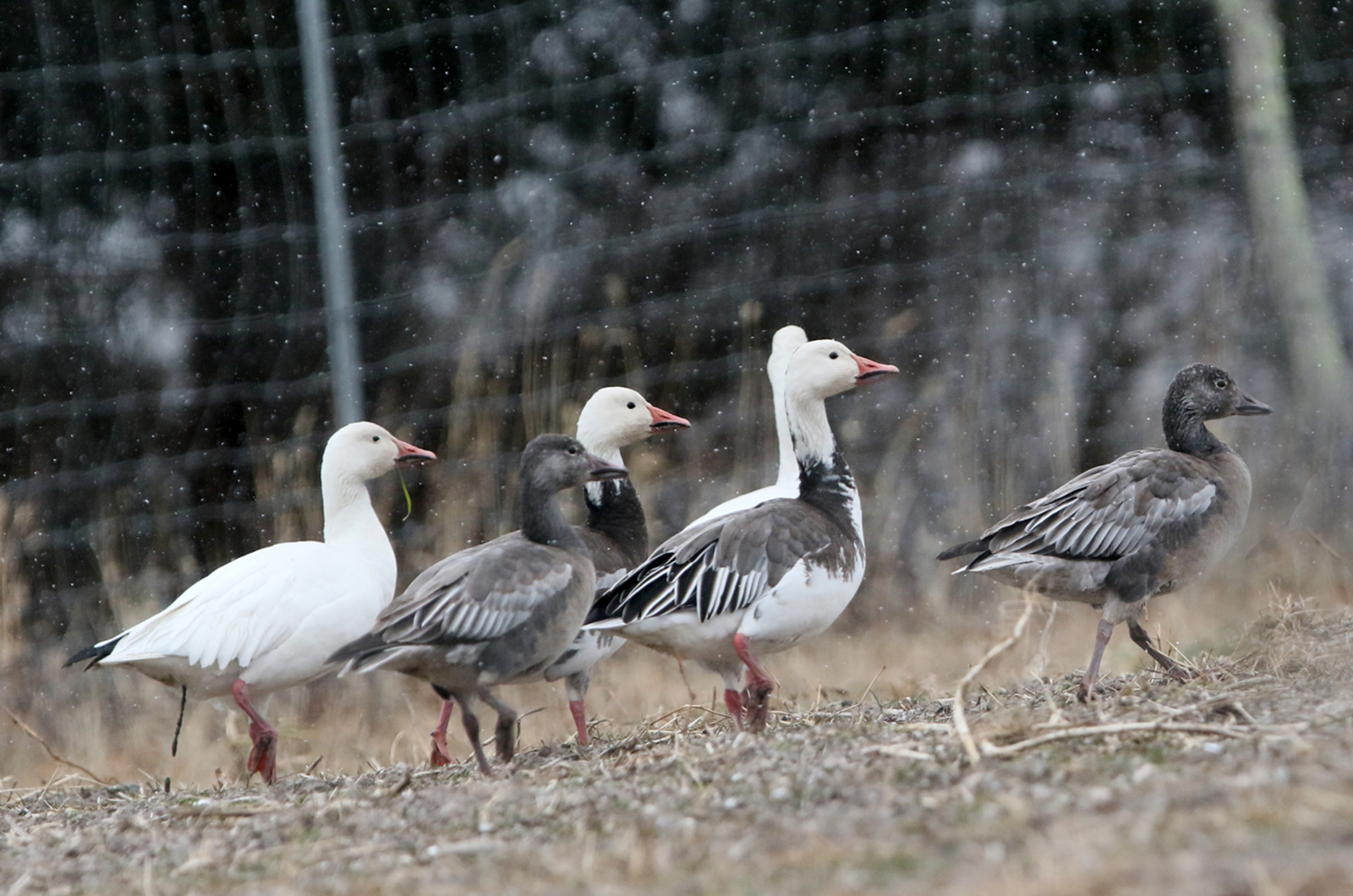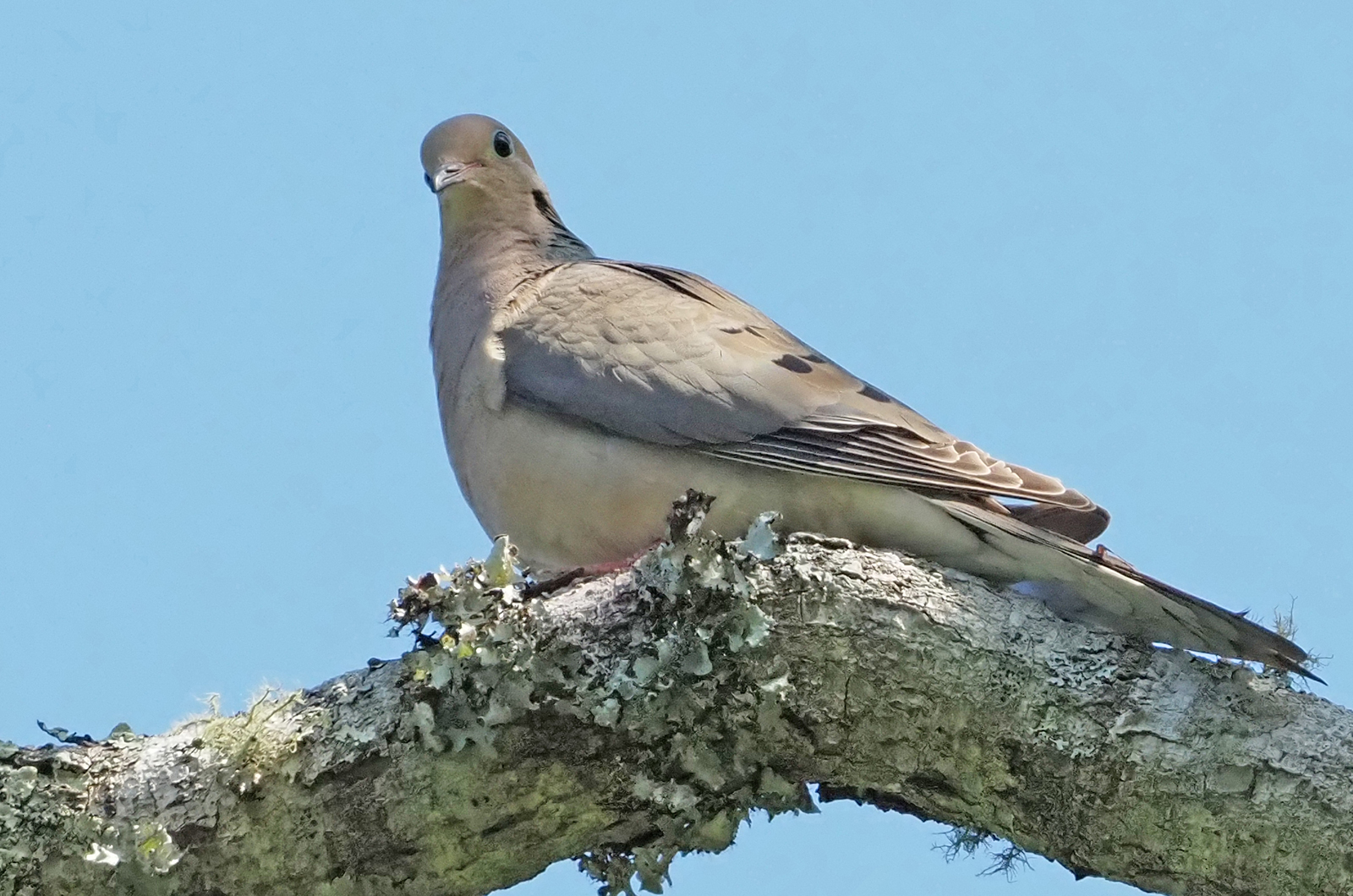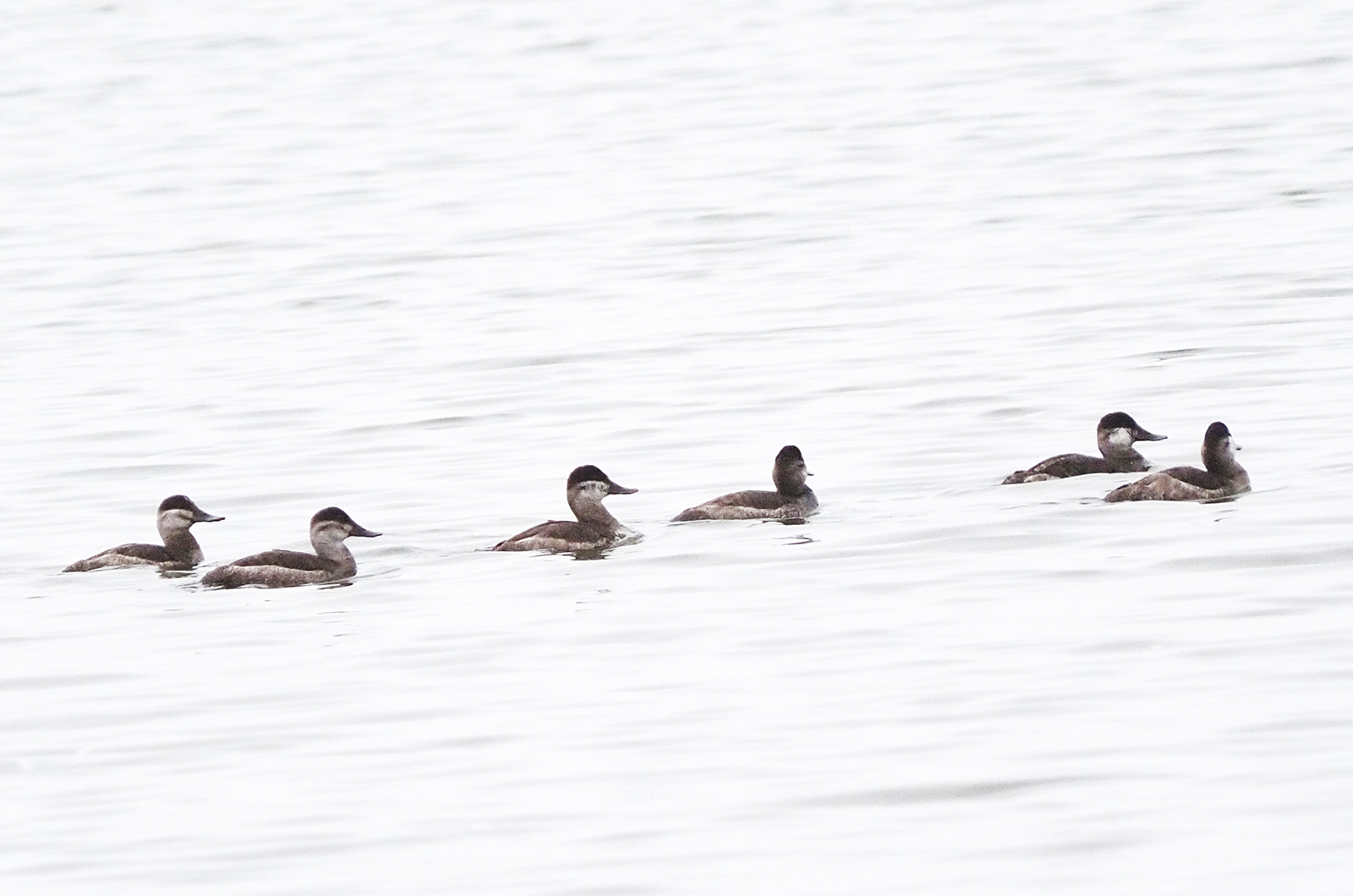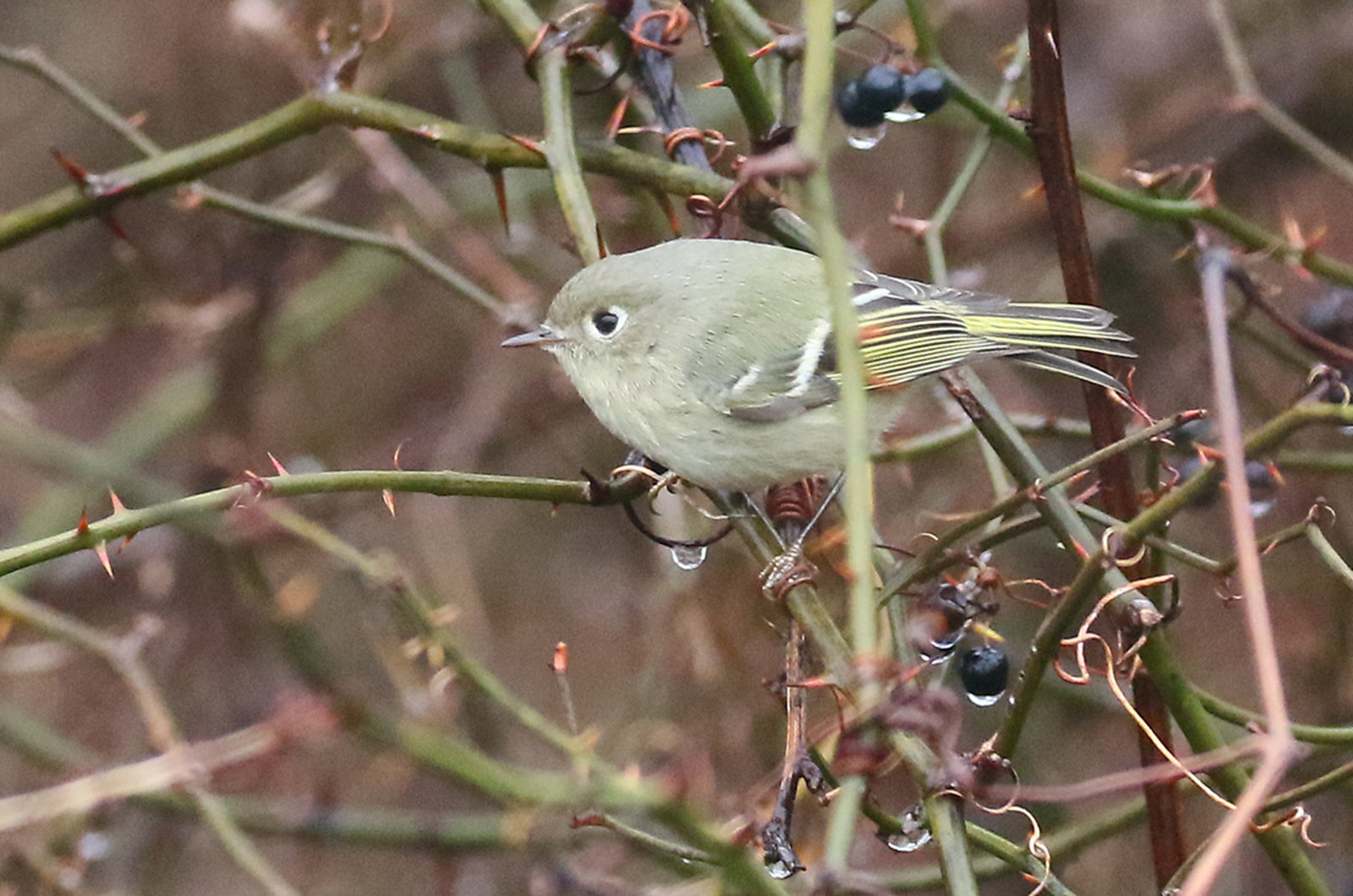It is not often that the same species repeats at the top of this column but once again American oystercatchers are in the news as the Martha’s Vineyard Bird Club’s field trip on March 9 turned up four of them — three at Eel Pond and one on Sarson’s Island. I cannot help but think about the nesting habitat that was created by the three southerly wind storms leveling beaches this winter.
The birding club offers a birding field trip every other Saturday morning. Experienced birders lead the trips, and they are free and everyone is welcome to come regardless of your birding experience. The highlights from their March 9 trip includes two horned grebes, one ruddy turnstone, 10 black-bellied plovers, 20 dunlin and 12 sanderling at Sarson’s Island, two ruddy ducks, one American coot, two killdeer, one northern harrier, one great cormorant (unusual down-Island), one hermit thrush (also unusual away from a forest), and two yellow-rumped warblers at Crackatuxet Cove.
Bird Sightings
The first report of birds nesting comes from Jo-Ann Eccher, who observed a pair of mourning doves building their nest near her outdoor shower in Aquinnah this week. These birds have started nesting the first week of March for the last three years.
Despite the fact that many observers did not venture out in the recent four or five rainy days (there were many fewer e-bird checklists for me to review this week), we still had four sightings of northern harriers. Sharon Simonin spotted one over State Beach on March 3, Nancy Nordin found two at Katama on March 4, and Nancy Weaver saw one near Slough Cove on March 9, the same day that Luanne Johnson and I observed one in Katama. Red-tailed hawks are also conspicuous, with nine sightings so far in March in all towns except West Tisbury.
There have been multiple reports of bald eagles. Emily Armstrong observed one eating a goose at Thimble Farm on March 3, and three days later Andrew Woodruff watched likely the same adult on the compost pile at Thimble Farm. Near the Chilmark crossroads Barbara Armstrong got a close-up encounter with an adult bald eagle on March 6 — “While driving on State Road towards the Chilmark Cross Roads, I saw a mature bald eagle about 15 to 20 feet up, gliding straight for me. To say I was thrilled is an understatement!” she wrote.
None of these sightings are on their frequent South Shore haunts; they are scavengers and can be seen anywhere on the Island.
Barn owls are present across the Island and will probably continue to be so as long as we do not get a prolonged winter with deep snow when the small mammals they eat can scurry around safely under the deep snow. Daniel Stein saw one at Katama on March. 3, Nancy Weaver watched one at right fork on March 4, and Chris Scott saw one at Polly Hill Arboretum on March 10. Many others would be seen if the numerous barn owl nest boxes were checked; barn owls flushed out of their nest boxes during the day may be pursued and perhaps killed by aggressive crows. It is better to look for them in the late evening as they leave their box to hunt.
Jane Varkonda heard a great horned owl calling from her Meetinghouse Way home in Edgartown on March 4. Please listen for this loud hooting call, and of course also note any other owls you hear.
Shorebirds are around. The bird club looked at Sarson’s Island on March 9 and spotted 19 black-bellied plovers, one ruddy turnstone, 22 dunlin (and a solitary blue phase snow goose). On March 5 at the West Basin, Bob Shriber found the over-wintering six greater yellowlegs, and on March 9 Allan Keith found them again, along with the solitary over-wintering western willet.
Not all shorebirds live near the shore! Nancy Weaver found two American woodcocks near the right fork parking lot on March 4, and Allen Slater saw one on Chappaquiddick on March 10, at the same location he heard them last year.
Killdeer are another upland shorebird, as they prefer open grassy areas, especially agricultural fields. Nancy Weaver spotted two killdeer at the right fork on March 4, I heard and saw one calling loudly as it flew about 30 feet over my head in Menemsha on March 8, the bird club found two near Crackatuxet Cove on March 9, Nancy Weaver located two at Slough Cove on March 9, and Margaret Curtin observed two killdeer and nine grackles at Thimble Farm on March 10.
Nancy Weaver also spotted a ruby-crowned kinglet at home on March 10. They do not nest here but their song may be heard here as they are migrating northward; you will be startled by the complexity and volume of the songs emanating from this diminutive songbird.
Dark eyed juncos are also moving northward. Thaw Malin and Cynthia Bloomquist had a flock of 20 visiting their West Tisbury feeders on March 7 — this is more than usual and is consistent with the early March start of their northward migration. On March 10 I watched three dark-eyed juncos make a brief visit to my Vineyard Haven feeders — a sighting that is also consistent with the start of their migration since these three birds were the first juncos at my feeder since Dec. 29.
Congratulations to Bob Woodruff and Dick Ferren, who finally completed their book, The Birds of Rhode Island, a project that started in the 1960’s and will soon be published. This book is of interest to the Vineyard because the Ocean State is but a short flight across the water. The last such compilation was Howe and Sturtevant’s little tome published in 1899.
Finally, the uncommon winter resident ducks — Eurasian wigeon, northern shoveler and redhead are still hanging around. Jim Suozo, Sea Williams and Bridget Dunnigan found the Eurasian wigeon on March 8 and Nancy Weaver found the two shovellers and the redhead on March 5, all three sightings were at Crystal Lake.
Please email your sightings to birds@vineyardgazette.com.
Robert Culbert is an ecological consultant with Nature Watch living in Vineyard Haven.








Comments
Comment policy »